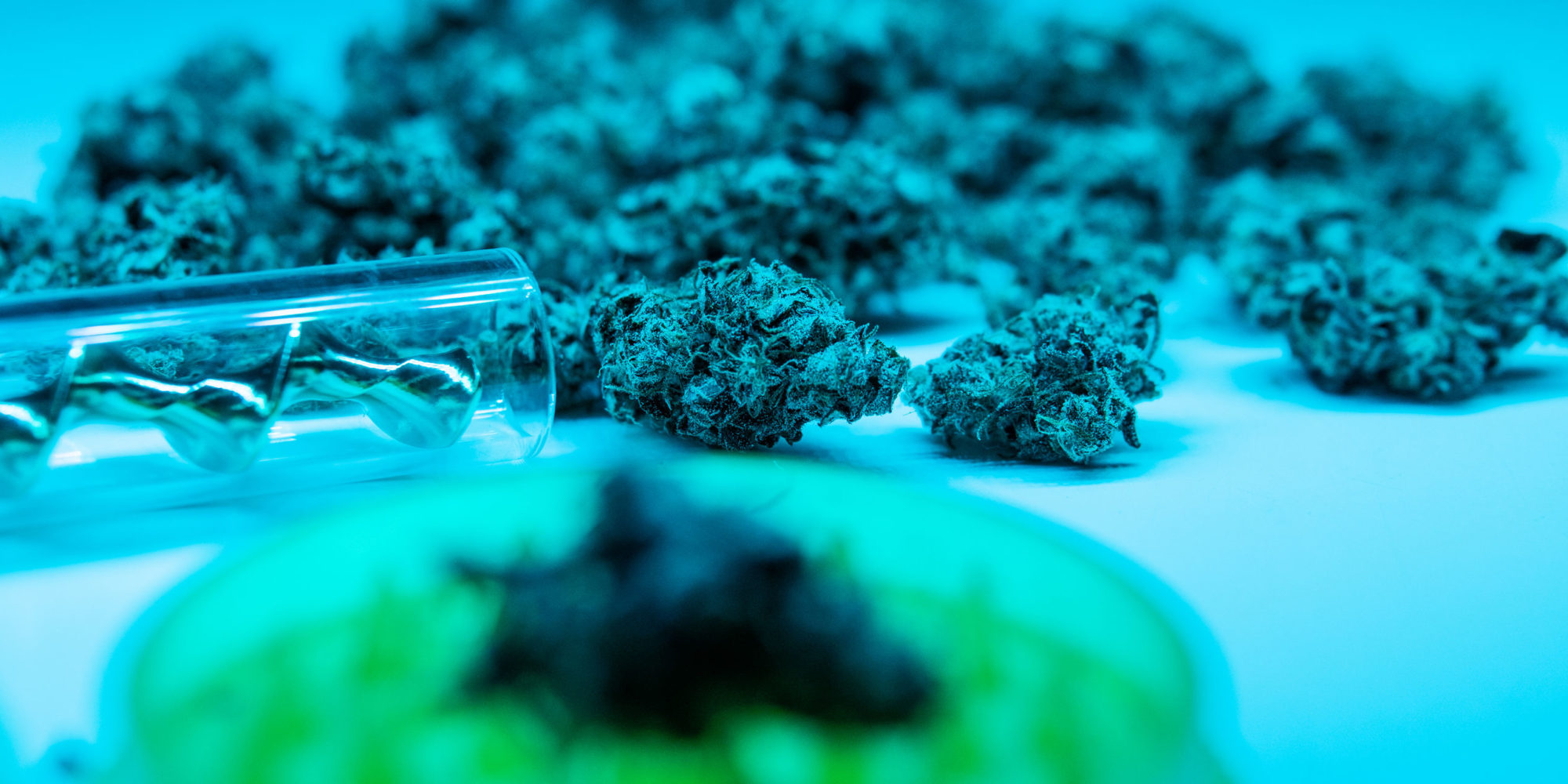11.21.2025
Sausage casings bulletin, November 21, 2025

...

Producers are gearing up for the 2020 growing season throughout the US. New production is slated for states that did not have hemp cultivation in 2019, like Florida, Georgia, Iowa, Louisiana, New Jersey, Ohio, Texas and Wyoming. That’s a lot of real estate to roll into the national production totals and will offset some of the attrition we’ll see as some 2019 producers call it a day in the hemp arena. Three of these states have production plans already approved by the USDA, some do not, and will not offer licenses until their plans or ammended plans are approved. Producers will be working against strict THC testing guidelines in 2020, and hot crops could take a large slice out of the overall acreage.
Fiber and CBG are leading trends and The Jacobsen anticipates at least double the acreage of CBG hemp, likely more. Our 2020 production survey should yield more specific insights on CBG acreage. Fiber production will increase in areas where markets exist, mainly tied to decortication capacity, but not exclusively. HempWood in Murray, Kentucky will be adding a second shift in their manufacturing facility, with resulting increase in fiber hemp use. Groff NA in Red Lion, Pennsylvania has spent the winter dialing in their HempTrain decorticator. We’ll see increased acreage to feed this machine, with ready markets for hurd for animal bedding and hemplime (hempcrete) construction. Currently this material is being imported from Europe. Appalachian Biomass in Wytheville, Virginia will also gear up in 2020, accessing these same markets, but also one for bast fiber for a North Carolina textile company that is a stone’s throw from The Hempville’s decorticator operating in Siler City, North Carolina.
Seed quality will improve marginally in 2020 for cannabinoid hemp, as breeding progresses and the segment gains more professional operators, while some of the opportunists shake out after the 2019 season, some with unsettled litigation. Producers of CBG seed say that they have greatly increased quantity of seed for sale this year. Some farmers are reluctant to move into CBG focused production, questioning the market’s ability to move large quantities of CBG biomass or flower. Some of these will plant some acreage to cover their bases. Clone production will also improve, and there should be a wider availability of vigorous clones with desirable attributes, as existing operators continue to improve practices and professional greenhouse operations move into the space.
We will update our map as we approach the 2020 growing season to reflect new state’s production, or sooner if we discover transactions in these states.